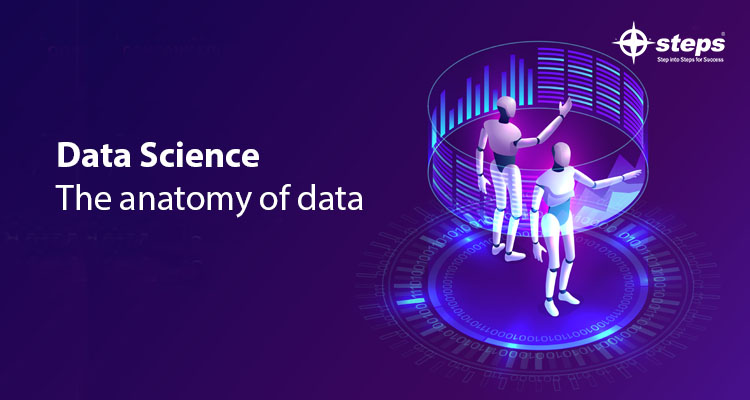Data Science – The anatomy of data
Data is everywhere. You can find it in age, language, social media posts, scientific experiments and even your phone charges. But what does it mean? Data is not one thing, but rather a collection of numbers or information that can be analyzed for trends and patterns.
Data science is the process of collecting data to answer specific questions about a phenomenon through the application of computer science techniques and mathematical modeling.
Do you feel like you’re drowning in data and wishing there was someone out there to help you figure out what to do with it? We can help you to learn more about data science and it’s most commonly used strategies. Please don’t forget to checkout Data Science training institute in Kochi.
Most companies today are looking for ways to attain a competitive advantage, identifying and capturing long-tail opportunities, and increasing gross margins. Data science is making this possible at many of the fastest growing and highest valued private companies like Facebook, Google, LinkedIn.
In order to leverage data science in your carrier and achieve the success, you need to shift your thinking from what can be done with data to what data can be used for. This will help you identify opportunities where applying analytical techniques can produce value that wouldn’t have been otherwise realized; it will also make you think about data differently, which is the key to unlocking its true potential.
Big Data or little data?
Small data: It can be defined as small datasets capable of influencing current decisions. Anything currently in progress and can be stored in an excel file. Small data is also helpful in making decisions, but is not intended to greatly influence the business, but rather small data sets that can be described as small data capable of influencing current decisions in a short period of time.
Almost everything currently in progress can be accessed in an Excel file. Small data is also useful for making decisions, but is not intended to have a big impact on the business in the short term. In short, it makes data accessible, concise, and functional, and simple enough for humans to understand in such a volume and structure.
Big data: It can be represented as large chunks of structured and unstructured data. The amount of data is very large. Therefore, it is important for analysts to examine the whole thing in depth to make it relevant and useful for making the right business decisions. In short, datasets that are too large and complex to handle traditional data processing techniques are called big data.
What do you need to know about your data before applying any analysis to it?
The following steps will help us to understand the patterns and trends in our data.
A. Find how many missing values or duplicate values are currently in the data.
B. Identify independent (attributes or attributes) and dependent variables?
C. Understand the general distribution of each feature or attribute in relation to our target column.
D. Are there removable features that ultimately explain the same thing!
As discussed earlier there are plenty of data (structured or unstructured) are around us. The data sciense will teach us how to make stories from these data points and so we call data science the anatomy of data.
Conclusion
Data is everywhere. The age, language, social media posts, scientific experiments and even your phone charges. It is a collection of numbers or information that can be analyzed for trends and patterns. Data science is the process of collecting data to answer specific questions about a phenomenon through the application of computer science techniques and mathematical modeling. If you want to study more about data analysis and data science you can checkout the Best Data Science training institute in Kochi.

